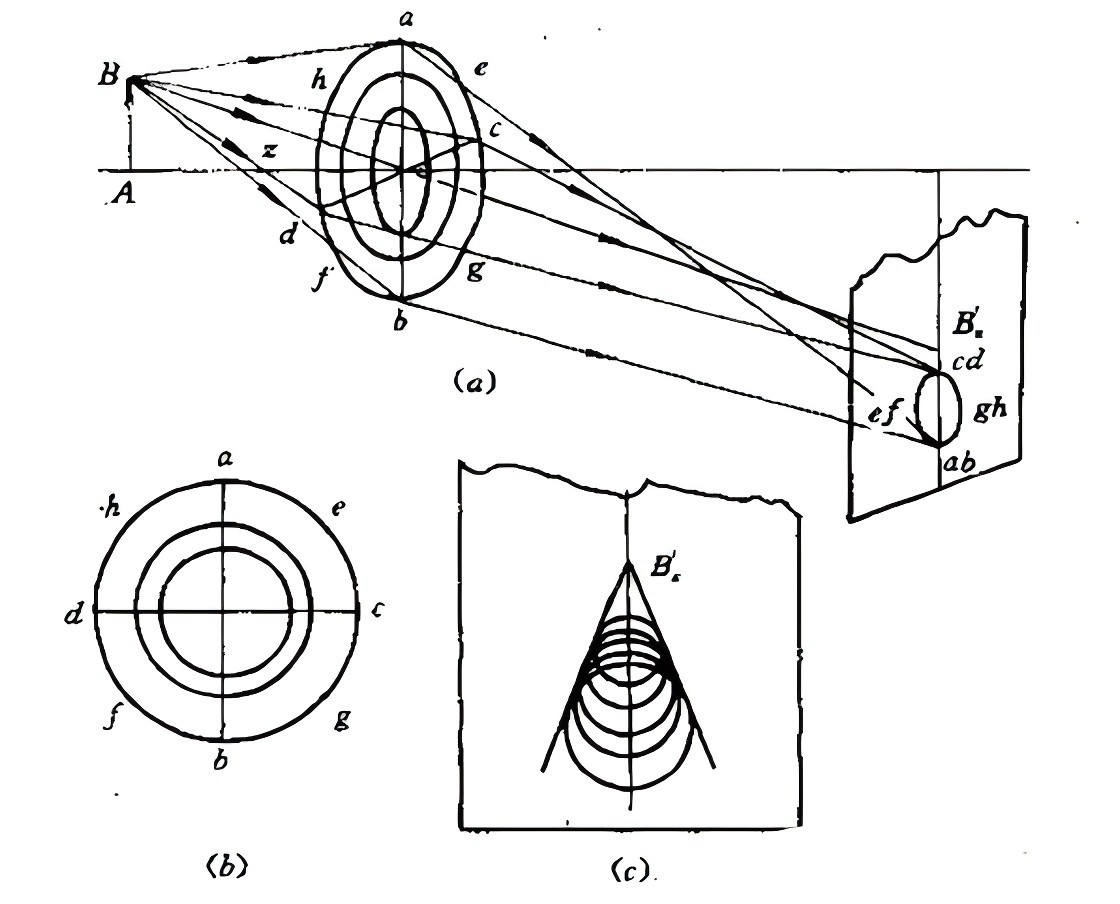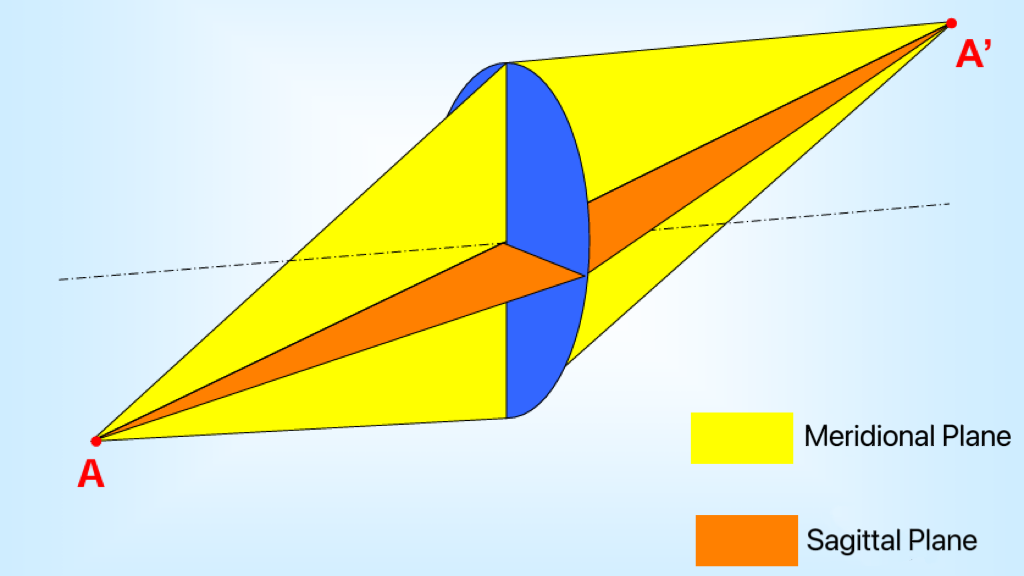In the field of optics, coma (also known as comet-shaped aberration or Coma Aberration) is an important aberration phenomenon that directly affects the clarity and resolution of imaging systems. This article will explore coma in detail, covering its definition, principles, causes, and its applications and correction methods in optical design.
1. Definition and Principles of Coma
Coma, derived from the shape of a "comet," refers to the conical light beams emitted from off-axis object points (also called off-axis field points) that, after passing through an optical system, fail to form perfect image points on the ideal image plane. Instead, they create a light spot that appears comet-shaped, with a bright and clear head and a broad, dim, and blurry tail.
Coma primarily arises from the optical system's inadequate ability to converge off-axis light beams, resulting in the inability to accurately focus these beams to a single point on the image plane. Specifically, when light rays are emitted from an object point located off the optical axis, the geometric and material characteristics of the optical system (such as lenses or mirrors) cause rays of different directions to converge at slightly different points after refraction or reflection, forming asymmetric diffuse spots on the image plane.

Coma: An off-axis object point results in a comet-shaped light spot due to varying magnifications at different positions of the lens.
● Shape and Size of Coma
Considering the entrance pupil as composed of countless rings of varying sizes, the conical light beams from the off-axis object point that pass through these rings form closed curves of varying sizes and shapes on the ideal image plane. These curves are arranged in a way that overlaps to create a complex, symmetric diffuse spot with respect to the meridional plane.

● Meridional Plane and Sagittal Plane
Meridional Plane: The plane determined by the chief ray emitted from the object point and the optical axis.
Meridional Rays: Rays located within the meridional plane.
Sagittal Plane: The plane that passes through the chief ray and is perpendicular to the meridional plane.
Sagittal Rays: Rays located within the sagittal plane.

2. Causes of Coma
The occurrence of coma is influenced by several factors, primarily including:
● Geometric Design of the Optical System
Parameters such as the radius of curvature, lens thickness, and spacing between lenses can all affect the convergence of light rays. Poor design can easily lead to coma.
● Material Properties
Different materials have varying refractive indices and dispersion rates, which can also contribute to the development of coma.
● Aperture Position and Size
The position and size of the aperture affect the angle and range of incident light, subsequently influencing imaging quality. An improperly positioned or overly large aperture can exacerbate coma.
● Field Angle
As the field angle increases, the angle between the edge rays and the optical axis also increases, making the coma phenomenon more pronounced.
3. Correction of Coma in Optical Design
Correcting coma in optical design is a crucial step. Below are several common methods for correcting coma:
● Optimizing Lens Combinations
By designing combinations of lenses with different curvatures and materials, the convergence of light can be optimized to reduce coma. For example, using aspherical lenses can more effectively control the light paths, thus minimizing coma.
● Adjusting Aperture Position and Size
Properly adjusting the position and size of the aperture can change the angle and range of incident light, helping to reduce coma. In photography, slightly narrowing the aperture is also an effective way to minimize coma.
● Using Special Correction Elements
In some high-end optical systems, special correction elements (such as coma-correcting lenses) are used to further reduce coma. These elements usually have complex geometries and precise manufacturing processes, effectively improving imaging quality.
● Optimizing Optical System Layout
By optimizing the overall layout of the optical system (such as the arrangement of lenses and the angles of light path deflection), the impact of coma and other aberrations can be further minimized.
4. Impact of Coma on Imaging Quality
The impact of coma on imaging quality is primarily reflected in the following aspects:
● Decreased Clarity
Coma causes diffuse spots to form on the image plane, leading to reduced clarity. This is particularly noticeable at the edges of the field, potentially causing blurriness or distortion at the image periphery.
● Reduced Resolution
Coma limits the resolution of the imaging system, hindering the ability to clearly discern fine details and textures.
● Color Shift
In some cases, coma may also cause color shifts or distortions, affecting the fidelity of color reproduction in images.

Actual Coma Illustration
Coma is an important factor to consider in optical design. Through methods such as optimizing lens combinations, adjusting aperture positions and sizes, using special correction elements, and optimizing the layout of the optical system, the impact of coma on imaging quality can be effectively reduced. With the ongoing advancements in materials science, precision manufacturing, and computer simulation technologies, we have reason to believe that the correction of coma will become more precise and efficient, leading to greater clarity and resolution in imaging systems.
Post time: Sep-26-2024

